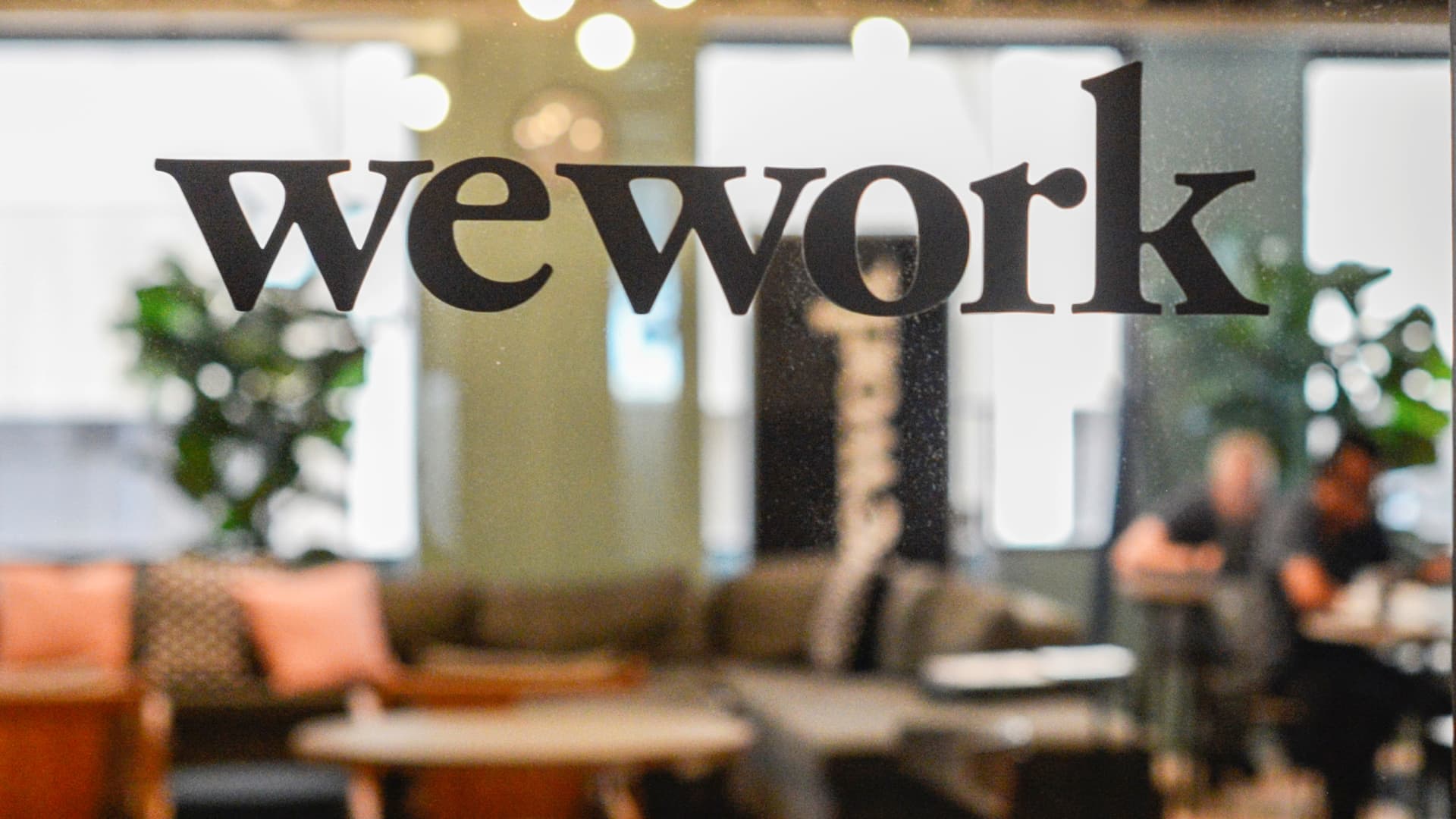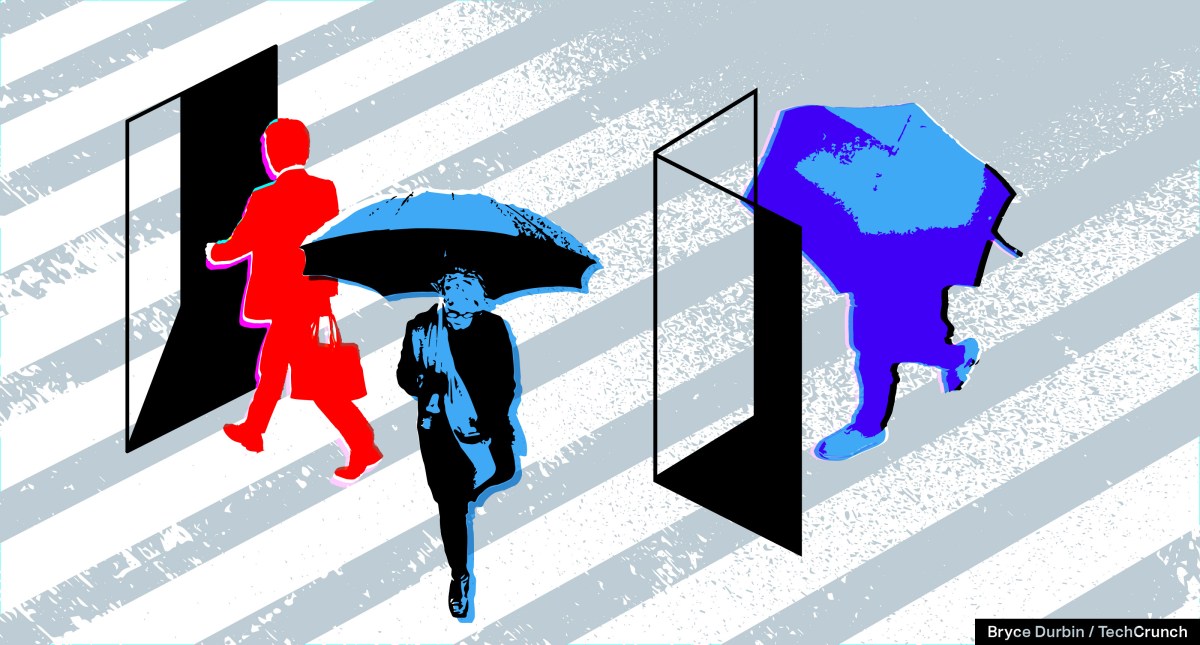- The Recruiting Life
- Posts
- The Power of Predictive Hiring: How AI is Revolutionizing the Recruitment Process
The Power of Predictive Hiring: How AI is Revolutionizing the Recruitment Process
With enough data, you can predict your next best hire.

This week’s newsletter is brought to you by Jobin.cloud
In this issue:
The Covid Jobs Recovery Is Complete (And Then Some)
The Power of Predictive Hiring: How AI is Revolutionizing the Recruitment Process
Hey Recruiters, your recruiting days are over, thanks to AI.
Comic: Smiling on the Job
The Week in Recruiting

CHART: The Covid Jobs Recovery Is Complete (And Then Some)
This chart shows the cumulative change in total nonfarm employment in the United States since February 2020. | Source


The Power of Predictive Hiring: How AI is Revolutionizing the Recruitment Process

Interview prediction, also known as interview forecasting or candidate selection predictive analytics, refers to the use of data and statistical models to predict the likelihood of a candidate being a good fit for a job position based on their interview performance. This technique is becoming increasingly popular among HR professionals and hiring managers as it helps to streamline the hiring process, reduce unconscious bias, and make more informed decisions. Like anything else, there are pros and cons to this approach. Let’s consider a few of them.
Advantages of interview prediction include:
Predictive hiring: Predictive hiring is a system that uses the characteristics of a candidate to anticipate the desired future outcomes of that candidate in their role at a company. This process involves vetting resumes, contacting references, and checking applicants' social media profiles to gather data for making predictions about a candidate's likelihood of success in a given role. The final hiring decision still comes from the HR team, recruiter, or hiring manager, but the technology offers data-driven information to make an informed decision.
Data-driven interview processes: Large corporations have shifted away from intuitive or gut-driven interview processes and adopted data-driven models that rely on data and predictive algorithms. These models help determine critical interview components, including who should interview, whether training helps, how many interviews are needed, which knockout factors should not be used, and what specific interview questions or assessment approaches accurately predict on-the-job success. This validation allows firms to reduce the number of interview questions that have no predictive value and focus on the ones that do for each job family.
Automated prediction and analysis of job interview performance: Researchers have built computational frameworks to quantify human behavior in the context of job interviews. These models analyze recorded interviews and use diverse sets of multimodal features (lexical, facial, and prosodic) to predict overall interview performance, the likelihood of getting hired, and other social traits relevant to the interview process. These models can achieve high correlation coefficients in predicting overall performance, hiring recommendation scores, and other interview-specific traits.
Disadvantages of interview prediction include:

Dependence on technology: Over-reliance on AI-powered models may lead to a loss of human judgment and critical thinking skills among HR professionals and hiring managers.
Lack of understanding of analytical processes among HR professionals: One of the major challenges associated with implementing predictive analytics in HR is a lack of understanding of analytical processes among HR professionals. Many HR professionals are not familiar with the technical aspects of predictive analytics, which reduces their ability to succeed with this approach and might make them hesitant to try.
Bias in the data and algorithms: Predictive analytics can perpetuate bias if the data or algorithms used in the analysis are biased. This can result in biased hiring decisions or the reinforcement of existing inequalities within the workforce.
Insufficient IT resources: Running predictive analytics and data analytics in HR is a demanding process from an IT perspective. Smaller companies with limited cloud infrastructures may have a hard time implementing these analytics programs at scale.
Privacy concerns: The application of predictive analytics in HR raises privacy concerns, as it involves analyzing and making predictions about individuals based on their personal data.
For some companies, predictive analytics was too advantageous to ignore. A few examples…

Google: Google's People Operations team uses predictive analytics to improve their hiring process and reduce employee turnover. By analyzing data from employee surveys and performance reviews, Google can predict which employees are likely to leave the company and take proactive measures to retain them. This predictive approach has helped Google maintain a high employee retention rate and save millions of dollars in turnover costs.
IBM: IBM uses predictive analytics to identify high-risk employees who are likely to leave the company. By analyzing various data points such as employee engagement, job satisfaction, and performance metrics, IBM can predict employee attrition with an accuracy of up to 95%. This allows IBM to take proactive steps to retain their top talent and reduce turnover costs.
Credit Suisse: Credit Suisse, a leading financial services company, uses predictive analytics to improve its talent acquisition process. By analyzing data from various sources such as job applications, interviews, and performance reviews, Credit Suisse can predict the success of a candidate in a particular role. This has helped the company improve its hiring accuracy and reduce the cost of bad hires.
Walmart: Walmart, the world's largest retailer, uses predictive analytics to optimize its workforce management. The company uses predictive models to forecast staffing needs based on factors such as sales data, seasonal trends, and local events. This allows Walmart to ensure that they have the right number of employees at the right time, thus improving customer service and reducing labor costs.
Xerox: Xerox, a multinational document management corporation, implemented predictive hiring to improve their recruitment process. By analyzing data from resumes, application forms, and assessments, they were able to identify patterns and indicators of successful candidates. This helped them make more informed hiring decisions and reduce turnover rates.
General Electric (GE): GE used predictive hiring to identify top talent for their leadership development programs. By analyzing data from resumes, interviews, and assessments, they were able to predict the potential success of candidates in leadership roles. This allowed them to focus their resources on candidates with the highest likelihood of success.
Predictive hiring systems are viewed favorably in the HR community for their potential to improve the recruitment process and deliver better results. However, there is also some skepticism, as these systems are not without limitations and ethical considerations. HR professionals should carefully evaluate and implement predictive analytics tools to ensure they are used effectively and ethically.

Sponsored post:
Jobin: All-in-One Prospecting Automation Tool

Jobin.cloud serves as an all-in-one automation tool to find and engage with people. Its features include lead generation, X-Ray searches, multi-channel outreach, and personalized message creation using LinkedIn data with the help of ChatGPT.
The platform also offers free sourcing automation, LinkedIn automation, contact finding, and a built-in ATS/CRM system with pipelines management, all seamlessly integrated for ease of use when bundled together or used individually.
Try it now. No credit card required. Or, check out this step-by-step prospecting workflow with AI and automation.


The Jim Stroud Podcast
Hey recruiters, your recruiting days are over, thanks to AI
Hey recruiters, your recruiting days are over, thanks to AI. At least, according to my guest - Stanislaw Wasowicz, VP Growth and Partnerships for Scotty Technologies. Be warned. This interview will induce fear and dread to the technophobic in the recruitment industry. Listener discretion is advised. | Visit Scotty AI and request a free demo today. https://www.scottytechnologies.com/

Comic: Smiling on the Job


Holiday Gifts for Your Recruiting Team
Support the recruiters and sourcers on your team with cool merchandise! Order now, while supplies last!



One last thing...

Speaking at the Randstad Awards in Hungary
I speak on the future of work. Book me now for your HR conference or corporate event. Click here for more information or, reply to this email, and let’s have a conversation.
Jim Stroud










